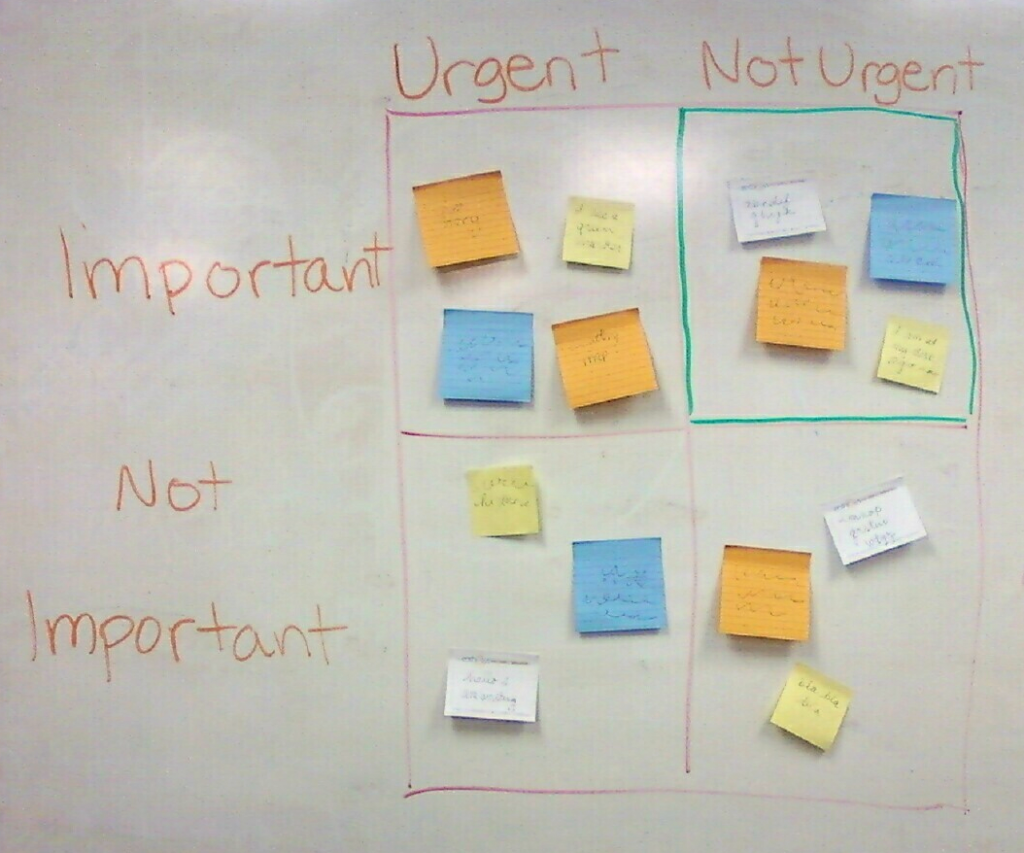
By Leigh F. Blalock, MD | Child & Adult Psychiatrist
Organizing is one of the hallmark symptoms of ADHD. Learning to organize is very important for success in school and work. Here are a few tips:
Organizing Space
- Create a place for everything:
- Categorize and group things in a way that makes sense to you.
- Such as by subject, by project, or by deadline
- Categorize and group things in a way that makes sense to you.
- Use color-coded clear folders to separate papers.
- Making them clear reduces time opening the folder to see what is inside.
- Create “incoming” folders for new work/assignments.
- Create “outgoing” folders for work that needs to be turned in.
- Create a space to do homework that is free of distractions.
- Removing distracters like TV, computer, or other noise makes it easier to concentrate.
- If there are certain items you need for work (pencils, pens, calculators, glue, scissors, etc.), put them in a box labeled “homework box,” and keep the items together.
- Create lists:
- To make sure you have everything for the school day, work day or trip.
- Check bags:
- Either the night before or the morning of work/school to make sure you have everything you need.
- Organize rooms by creating bins for groups of items:
- Groups could be anything – dolls, trucks, shoes, hats, misc.
- Group them in a way that makes sense to you.
- Either label them or leave them clear so you can see what is inside.
- Reduce clutter:
- At least once per week, go through desks/bags and throw away all unnecessary papers and trash. People with ADHD tend to accumulate items they don’t need.
Organizing Time
- Create a master calendar or planner:
- This can be a big white board calendar posted in a room, a day planner, or a calendar on an electronic device.
- Keeping everything in one place makes it easier to remember.
- Know what you have to do for the day/week/month and schedule it.
- Break down big tasks:
- Determine how longs things will take you (an hour versus a few days).
- Break them down into smaller and more manageable chunks (30 minutes, for example).
- Take breaks between tasks.
- Set priorities:
- Make a list of things that need to get done.
- Put the most important or most pressing time-sensitive ones at the top.
- Some do better with doing easier tasks first, which creates a sense of accomplishment and fuel to keep going.
- Others do better by doing hardest or longest things first and getting them out of the way.
- Figure out how to harness your energy and use it for the hardest or most boring things.
- You may not want to use up all your energy on the easy things and still have the hardest things left for last.
- Experiment and do what works best for you!
- Take advantage of reminders on electronic devices:
- Phone apps and computer calendars can buzz and remind you of important things so you don’t forget.
These skills can be easier said than done, and there are many more strategies to help people with ADHD succeed. If you need help, please contact us and let us help you.



